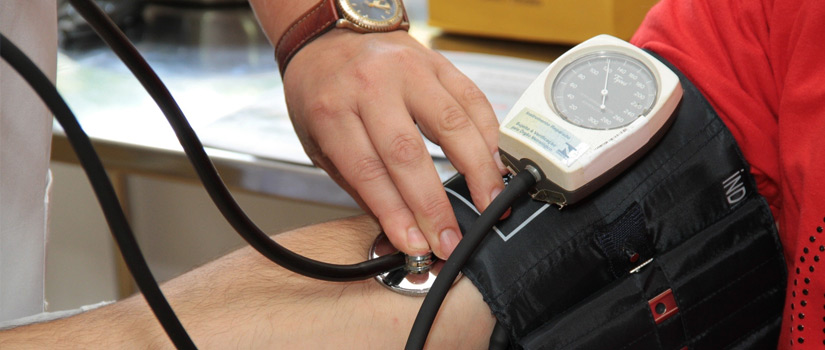What is Hypertensive retinopathy?
Hypertensive retinopathy (HR) occurs when high blood pressure damages the blood vessels in the retina, the light-sensitive layer at the back of the eye. Over time, this can affect vision and overall eye health.
Common symptoms of HR
- Blurred Vision: Due to swelling of the retina or damage to retinal blood vessels.
- Reduced Visual Acuity: Vision may deteriorate gradually or suddenly in severe cases.
- Floaters or Spots in Vision: Caused by possible retinal hemorrhages.
- Double Vision or Headaches: Common in advanced stages and optic nerve involvement.
Note: Regular monitoring is essential in preventing vision loss and detecting issues early.
Disease progression
Grade 1 - Mild HR
Smaller blood vessels at the back of the eye (retina) become slightly narrowed, and some areas look shinier than normal.

Grade 2 - Moderate HR
More pronounced narrowing than before and some arteries are pressed against nearby veins, causing them to look pinched, known as AV nicking.

Grade 3 - Severe HR
Signs of retinal bleeding and small fluffy white spots caused by reduced blood flow. Some areas also have fatty deposits leaking from damaged blood vessels.

Grade 4 - Malignant HR
The optic nerve is swollen with bleeding, white spots, and leaking blood vessels in the eye. This is a serious condition and is considered a medical emergency.

Important Advice:
- Get your eyes checked at least once a year to monitor for changes.
- Good blood pressure control reduces the risk and severity of hypertensive retinopathy.
Stats & Incidence
- Increases with age and duration of hypertension.
- 75% prevalence of mild HR in Malawi.
- Affects approximately 27.4% of men and 26.1% of women in South Africa.
Treatment & Management
The best way to manage hypertensive retinopathy is by controlling blood pressure through medication, lifestyle changes, and regular check-ups. Routine eye exams can help detect early signs and prevent further damage.
